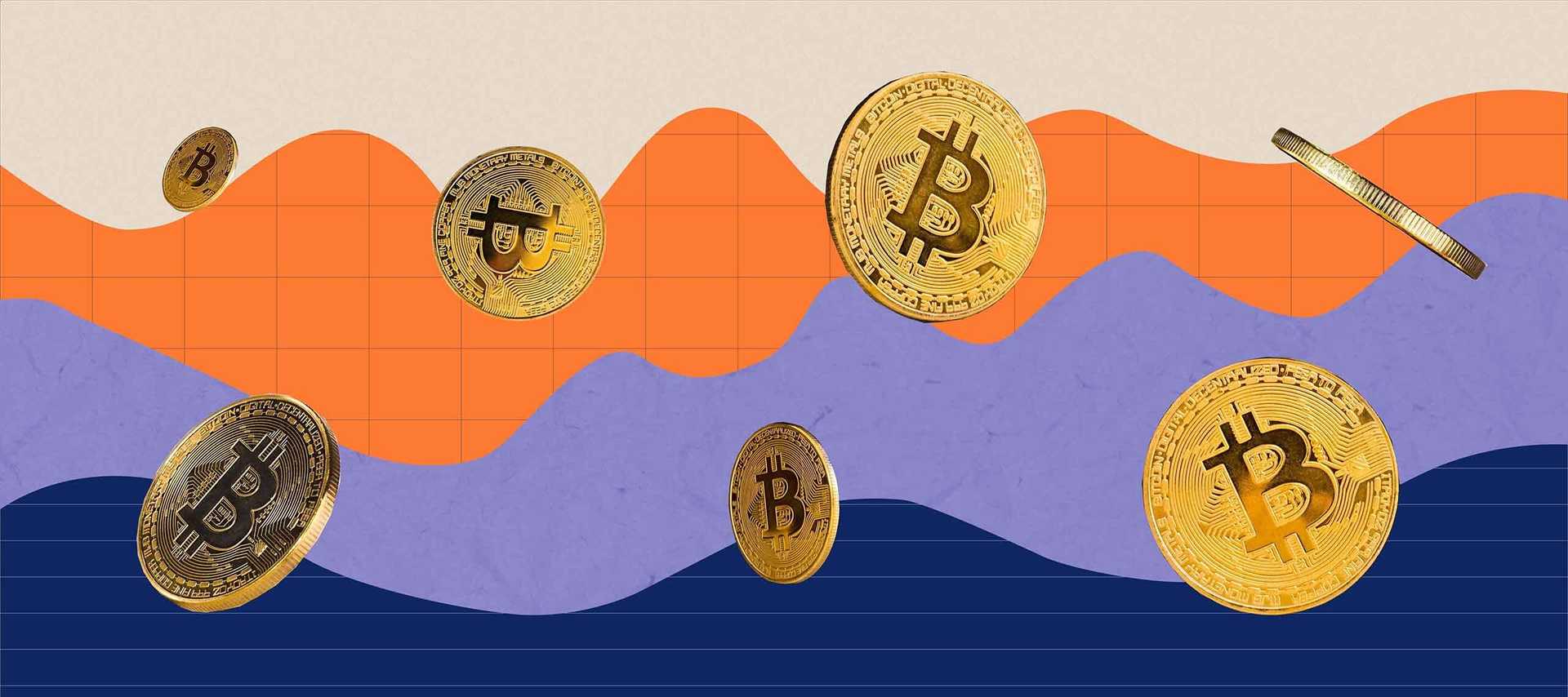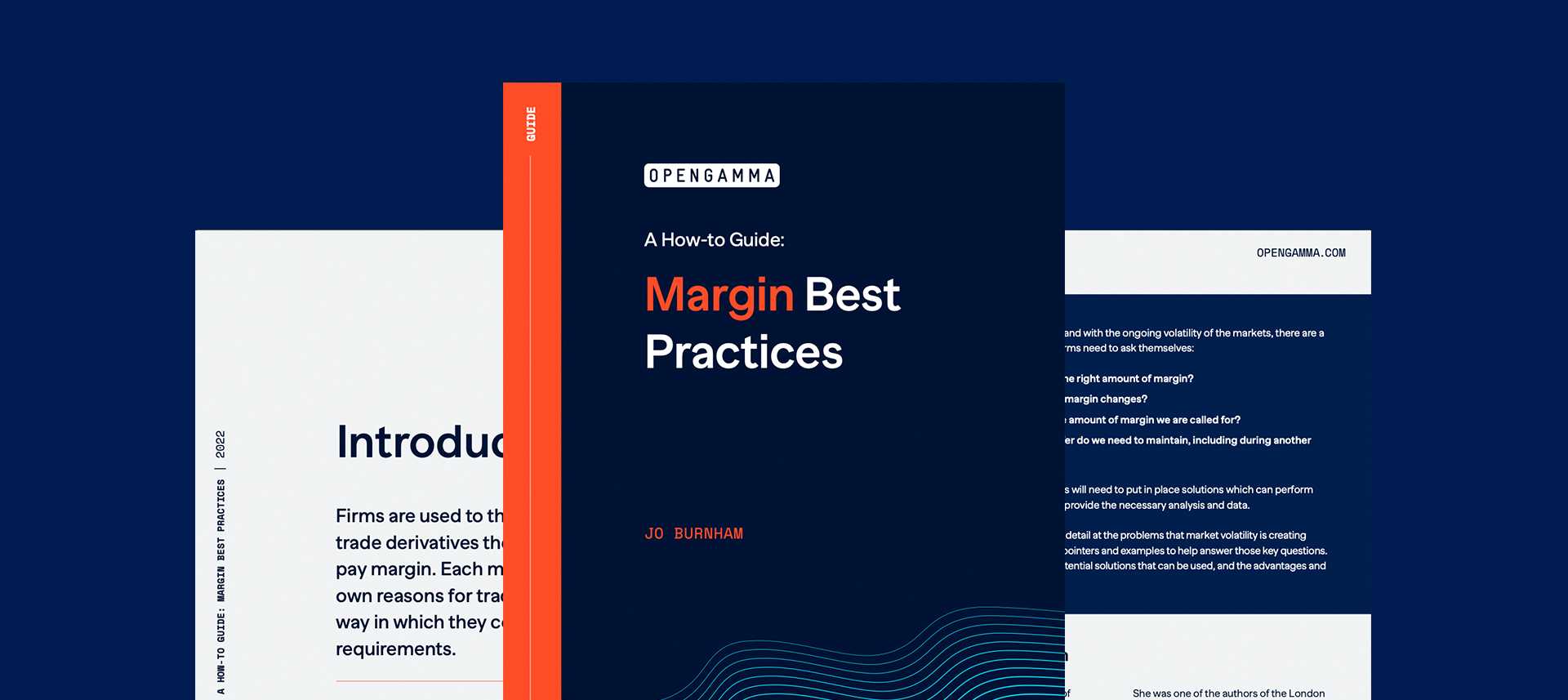Trading in crypto currencies has been in the news quite a lot recently. More crypto tokens have been created and new products have been introduced to support trading in them. Most of the coverage has been because of the volatile nature of the market. In recent weeks, billions have been wiped off the value of crypto currencies, with one losing more than 98% of its value.
However, from a margin and risk perspective, probably the biggest impact will come from the application by FTX to the CFTC to introduce a new clearing model. If accepted, the FTX Direct Clearing Model has the possibility to change the way that other cleared ETD markets work, increasing the real time calculation of margin and changing the role of clearing brokers.
Margin Levels
Volatile markets mean high margin levels, and Crypto is no exception. As an example we looked at the rates charged by CME. They publish reference rates and a corresponding real time index rate for 11 crypto currencies. These are derived from an aggregate of trade flows on spot exchanges, with the rate being the U.S. dollar price of the selected currency.
CME also lists crypto derivatives; futures, micro futures and options on Bitcoin and Ether. These are settled to the Bitcoin Reference Rate (BRR) and Ether-Dollar Reference Rate (ETHUSD_RR) benchmarks that they publish.
Interestingly, for these derivative products the SPAN Scanning Range is set as a percentage rather than an absolute value, with the same percentage, currently 29%, applied across all expiries for the Bitcoin future. The impact of this is that the actual margin changes over time depending on the settlement price. With current falling prices, over the past month the requirement for one lot of Bitcoin futures has reduced from around $56,000 per lot to closer to $42,000.
We also looked at the Bitcoin futures traded on Eurex. Here, margin is calculated using the VaR based Prisma methodology. For long positions this resulted in a very similar level of margin of around 26% of contract value. However for short positions, the requirement was closer to 41%.
This highlights one of the major differences between the currently predominant scenario based algorithms such as SPAN, and the VaR based algorithms that are being introduced to replace them. Margins for long and short positions will be different depending on historic price movements, and as can be seen in this case the difference can be significant.
New Risk Model
It is the new direct clearing model proposed by FTX that is likely to have the biggest impact on ETD markets, beyond the Crypto products that they are currently looking at.
FTX is lobbying to become a CFTC approved exchange and clearing house. They are proposing a new clearing model built around real-time risk technology, similar to that currently used by spread betting platforms such as IG Index, RobinHood and E*Trade. Initially this is just for Crypto derivatives, but with a view to expand into more traditional exchange traded contracts.
This is seen as a threat to traditional market infrastructure players such as CCPs and FCMs as FTX is proposing to risk manage each underlying client directly, disintermediating FCMs. If CFTC accepts this proposal it could permanently alter the models that they would expect other markets they regulate to adopt.
For all market participants this could see real time risk management and intra day margin calls becoming the norm rather than the exception. Which means the ability to predict funding requirements becomes even more important.
What The Changes Could Mean For You
Looking at the margin on Crypto products highlights features which already exist for other products. Many people are unaware that for some products SPAN scanning ranges are set as a percentage rather than absolute number and therefore that requirements can change as prices change. Also, not much is understood about the impact that the move from SPAN to VaR will have on margin when looking at long versus short positions; depending on the distribution of price moves there can be a significant difference between the margin paid, whereas with SPAN it will be the same whichever side of the market you are on.
However, it is the model proposed by FTX that is likely to have the biggest long term impact. Some CCPs are already calculating margin requirements on a near real time basis. However, they tend to only make requests for additional collateral at certain times during the day. In addition, these requests are made to clearing brokers who do not generally pass them on to their clients.
The proposed FTX model differs in that the relationship is direct with the clients meaning that they will be responsible for ensuring that they have sufficient collateral on a real time basis and cannot rely on clearing brokers to provide them with credit. In addition, instead of asking for additional collateral if the risk increases beyond a certain amount, in this new model FTX are proposing to start closing out positions if it is found that the collateral held is not enough. This means that anyone using the market will need to make sure that they know exactly what their risk is at any given time and be able to anticipate future funding requirements to ensure that their strategies remain in place.
This new focus on real time and pre rather than post funding of all margin requirements will require a significant change in the capabilities of any system used to support trading. Fast margin calculations and the ability to predict margin, either via pre-trade what-if analysis or potential funding calculations, such as stress testing or Margin at Risk, will become key.




